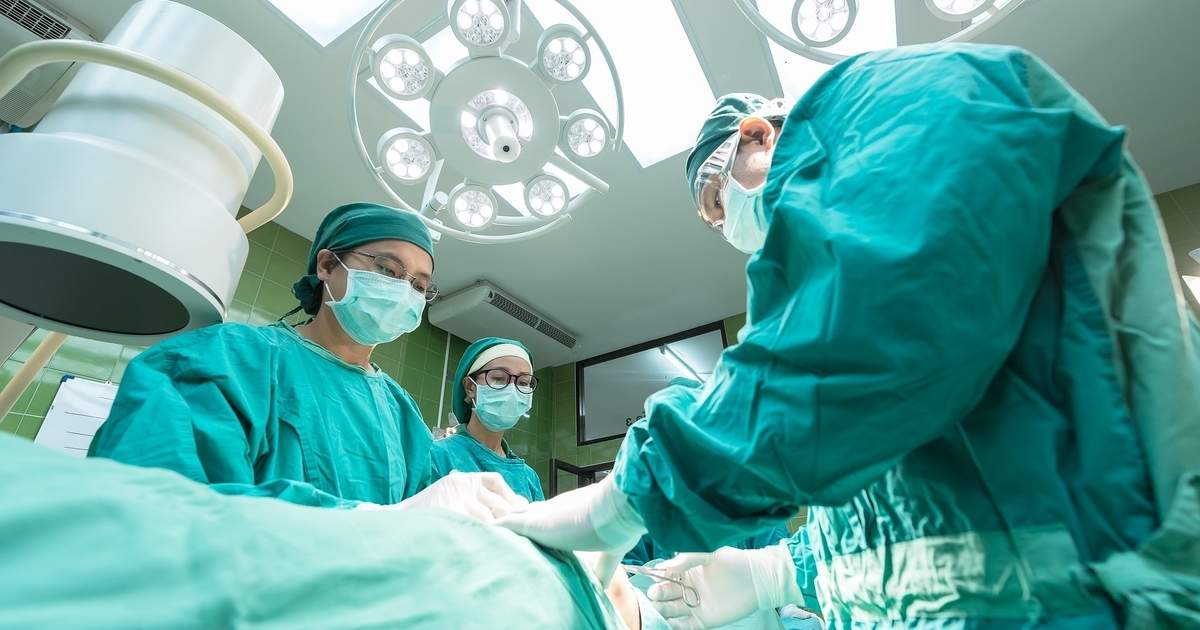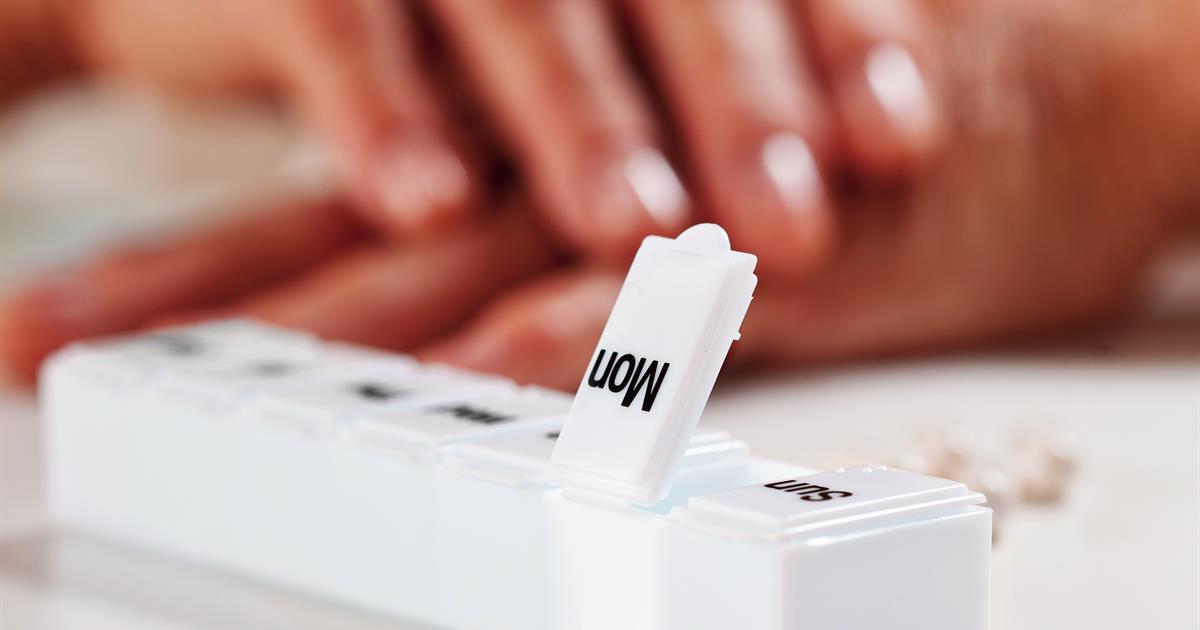How To Treat Cervical Spinal Stenosis
Surgical Intervention Options

If cervical spinal stenosis has progressed to the point where it's difficult for patients to walk or they're having issues with their bowel and bladder movements, surgery may be necessary to at least lessen the severity of these symptoms. The surgical procedure patients are provided with mostly depends on the surgeon's specific recommendation. The most common surgeries for spinal stenosis include laminoplasty and laminectomy procedures, both of which are designed to create more space for the bones in the spinal cord.
Because of the inherent risks of surgery, it's important for patients to explore their non-surgical options before opting for surgery. A patient's surgeon will be able to better inform them about the results they should expect as well as the recovery time that comes with the procedure for their specific case of cervical spinal stenosis. Some of the additional surgeries used for spinal stenosis include foraminotomy, cervical arthroplasty, and anterior cervical discectomy and fusion.
Muscle Relaxant Medication

Muscle relaxant medications are designed to be used for certain aspects of cervical spinal stenosis that may not be relieved with other treatments. The use of these medications should help with any of the damaged nerves and muscle spasms patients have been experiencing because of cervical spinal stenosis. When individuals develop cervical spinal stenosis, the pressure caused as the spinal canal narrows can create a range of problems that affect their nerves and surrounding muscles.
When patients experience muscle spasms, the muscles around their spinal cord will become painful and tighten, which can make it difficult to move their back until the condition is treated. Muscle relaxants reduce muscle contractions for a brief period. However, it's important for patients to take the correct dosage as provided by their doctor. They should, of course, look out for side effects such as dizziness, fatigue, depression, and reduced blood pressure when taking these medications.
